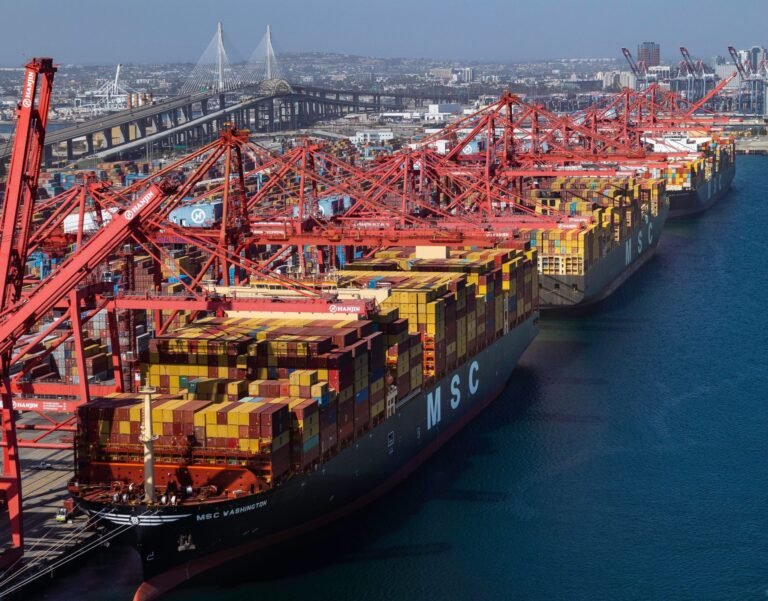The Surge Continues: US Ports Report 14.2% Increase in Inbound Container Volume
In January 2025, the top ten US ports witnessed a remarkable 14.2% year-over-year surge in inbound container volume, marking the continuation of a sixteen-month growth streak. This impressive growth trend, as highlighted by shipping analyst John McCown, is attributed to genuine economic demand rather than mere frontloading tactics.
Notably, January stood out as the third consecutive month where growth either accelerated or remained steady, following December’s identical 14.2% gain and November’s 14.0% increase. The majority of these sixteen months have seen double-digit percentage increases, indicating sustained momentum in the maritime industry.
McCown challenges prevailing industry narratives suggesting that concerns over labor disruptions or tariff hikes have driven shippers to frontload inventory. In his latest analysis, he asserts, “Claims of front-loading due to labor unrest and tariffs are not substantiated by actual inventory data.”
Contrary to frontloading theories, Census Bureau data reveals a $4.5 billion (0.2%) decrease in US business inventories in December, dropping to $2,584.3 billion. The inventories/sales ratio also decreased to 1.35, contradicting the notion of inventory stockpiling in anticipation of potential disruptions.
These trends underscore genuine demand growth within the maritime sector, with current volumes rivaling peak pandemic levels, according to McCown’s analysis.
December’s inbound container value is estimated at around $128.3 billion, with the inventory decrease accounting for just 3.5% of inbound loads, while volume surged by 14.2%. McCown emphasizes, “The factual data does not support claims of front-end loading due to macro concerns.”
January saw an overall inbound volume of 2,129,436 TEU, a 5.1% increase from December and the fourth-largest volume recorded in the past 32 months.
Despite the absence of inventory front-loading, data confirms that labor concerns on the East/Gulf Coast significantly impacted coastal shipping patterns in January. This shift is evident in the performance metrics, with West Coast ports witnessing a robust 24.5% increase compared to a modest 4.1% growth at East/Gulf Coast ports. This trend reversal, where the West Coast has outperformed the East/Gulf Coast for sixteen of the last eighteen months, marks a significant shift from prior dominance by East/Gulf Coast ports.

